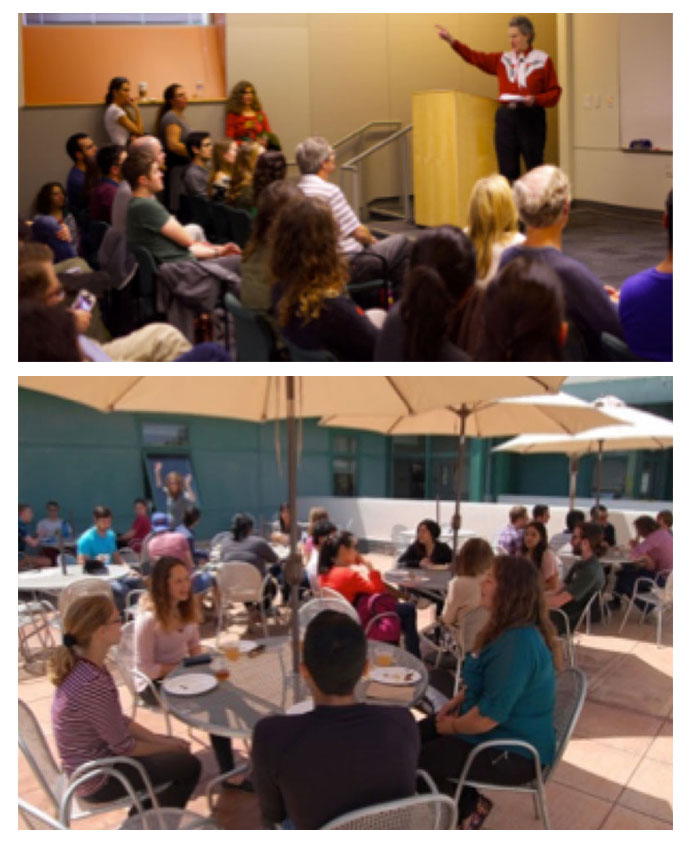Graduate Students for Diversity in Science is composed of an interdisciplinary group of young scientists at the University of California, Santa Barbara (UCSB). The cornerstone of the group lies in its recognition of the cultural heritage and diversity of many exceptional scientists who have set foundations through research, service, and leadership in their respective disciplines and across many boundaries. GSDS aims to promote participation in the science, technology, engineering and math (STEM) fields and foster an inclusive atmosphere that celebrates diversity. We approach this goal through a number of initiatives, including hosting a lecture series and conducting outreach events.
By means of generous support from the Dow Foundation, GSDS conceived the Dow Foundation Distinguished Lecture Series. Through these seminars, we honor the outstanding accomplishments of world renowned scientists who belong to underrepresented groups or have achieved success in a country that they have adopted as their home, as well as scientists who have made considerable impact in improving the climate of diversity of STEM. The Dow Foundation Lecture Series provides the setting for scientific and social interactions between students, professors, and industrial scientists by hosting open receptions for all invited speakers.
Through partnerships with local California State Universities (CSU), GSDS also hosts select undergraduate students to visit the campus and meet our graduate students, faculty, as well as the invited Dow Distinguished Lecturer. In the same vein, GSDS members have the opportunity to visit various CSU campuses to speak to undergraduates about their experiences in our reverse site visits. We hope to be able to provide CSU students with an experience that illustrates the path of a scientific career and encourage those interested to pursue a PhD in a STEM field.


Materials Research Science and Engineering Center at UCSB
The NSF Materials Research Science and Engineering Center at UC Santa Barbara develops and sustains a productive, collaborative, and engaged community that drives a portfolio of transformative materials research and empowers a diverse workforce.